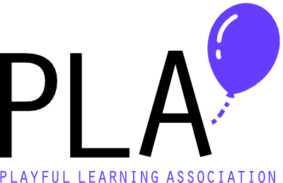Earthquakes! Cause one, find one and BE one. An exploration of physical play techniques.
Lead Author: Richard Treves
Additional authors:
Timetable: Thursday Session 6: 12:15-12:45, Outdoors
Description:
In this session I will showcase three interactive, physical, playful techniques I’ve developed in teaching about earthquakes at an introductory level of Higher Education*. Following the demonstrations, I will use them to precipitate small group discussions on how aspects of the playful techniques could be used in other situations and also how the techniques compare to learning theory.
In the first technique you, the audience, will participate in trying to cause an earthquake by jumping up and down as a group closer and further away. Will you manage to trigger the seismometer? (instrument for measuring earthquakes).
In the second, I will use most of you, the audience, to role play being:
– an earthquake
– the ground it travels through
– the seismometers that measure it
in order to explore how earthquakes waves move in time and space. You will not have to move around for this demonstration but will interact by holding hands.
Finally, by use of lengths of rope and a pole with the help of you, the audience, we will explore how geologists can calculate where earthquakes’ epicenters are and why this is important.
I will introduce the discussion part of the session by quickly outlining some learning theories I think are relevant. This will be followed by small group discussions where you will split into small groups to critiquely evaluate how aspects of the techniques could be applied in other situations and whether you think the learning theories I’ve outlined are relevant. Key talking points will be:
– The role of contributing as part of a group (technique 1) and how that can act to engage an audience. Does it represent stage six of Gagne’s nine events of instruction?
– The advantages and disadvantages of being physical compared with being cognitive in a playful learning situation (technique 2), comparing it to the theory of embodied cognition.
– How large scale props controlled by an audience (technique 3) can be used to trigger interest in a topic, do they count as the first of Gagne’s events? Can a rope stretched across an audience represent a journey, a timeline, a physical boundary?
My aim is that delegates will take away ideas about: the use of physical play in education; how it compares to some well regarded learning theory; and how it could be used in their own educational situations.
*Of the three, the first two are tried and tested so represent true demonstrations, the third is a playtest.
References, web links and other resources:
